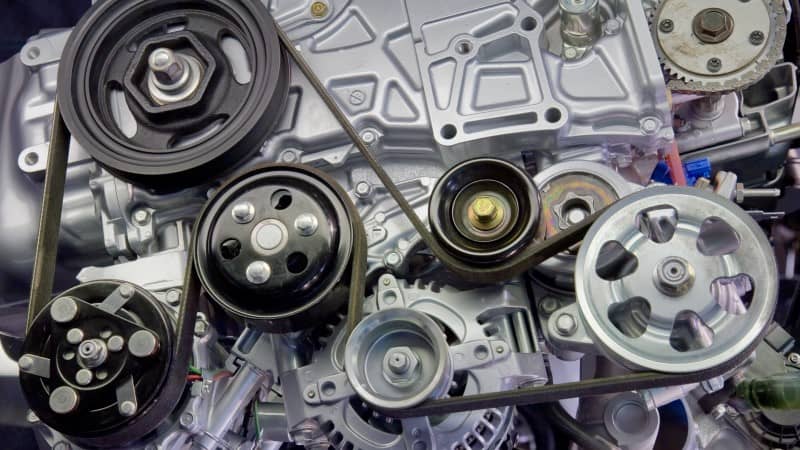In certain situations, the serpentine belt might be quite significant, while in others, it can be negligible. In terms of possible engine damage in the event that it breaks or if you drive without one, at least that is the situation. Can you drive without a serpentine belt, nevertheless, depending on the circumstances surrounding your particular vehicle?
Can You Drive Without a Serpentine Belt?

As previously said, the response to the query “can you drive without a serpentine belt” depends on the engine of your particular vehicle. However, since the alternator is the only part a serpentine belt can power without powering anything else, let’s assume that, in the best-case scenario, it only powers the alternator.
For those of you who may not be aware, the alternator is a generator of electricity that operates your car’s electrical systems, including those connected to the engine, such as spark plugs, different sensors, the engine control unit (ECU), etc. It also charges the battery.
Furthermore, the answer to the question “can you start a car without a serpentine belt” is in the affirmative. If the battery is in good condition, it should still be able to start the engine and run it even if the alternator or serpentine belt were removed. Even with a brand-new, completely charged battery, you would be lucky to reach two to three miles before the battery runs out and the vehicle breaks down.
But things turn out very differently if the battery powers other auxiliary systems, as they virtually always do in cars manufactured after 2000. For instance, you can still drive the automobile if the power steering pump is powered by a belt, but it will be nearly impossible to turn the steering wheel. This is particularly true for more recent vehicles with high levels of positive caster.
Moreover, the AC is powered by the serpentine belt as well, which is why it won’t function in most cars. However, since you shouldn’t run the blower, air conditioner, lights, or any other electrical equipment without a serpentine belt, the alternator won’t function and the battery will run out faster, that shouldn’t be a major worry.
And the water pump is the most important part that the serpentine belt sometimes powers. More significantly, the water pump keeps the engine from overheating by circulating the coolant throughout it to keep it operating at its ideal temperature.
The engine will overheat in a matter of minutes, or in a matter of seconds if it has already reached the operating temperature, given that the water pump in this instance isn’t functioning.
It goes without saying that you cannot drive with an overheating engine since it would stall very rapidly and inflict irreversible damage, resulting in damage that might potentially exceed $1,500 to $4,000 in the worst case.
Finally, all you have to do is Google “serpentine belt routing” together with the name and model year of your vehicle to find out what your car’s serpentine belt drives. All or some of the following terms will be shown to you after you locate a diagram.
- WP – Water Pump
- ALT or GN – Alternator
- PS – Power Steering Pump
- A/C – AC Compressor
- IDL – Idler Pulley
- TENS or TS – Tensioner Pulley
- CS – Crankshaft Pulley

Conclusion
Ultimately, it is reasonable to claim that, regardless of the type of auxiliaries the automobile is powering, you can drive a car without a serpentine belt. But, you won’t be able to drive for very far—the battery will run out of power in just one to three miles, and if the water pump is being powered by the serpentine belt, the engine may overheat.
You may drive your car without a serpentine belt for the few miles before the battery dies, just in case you didn’t know that your car’s water pump isn’t powered by one. Make sure you can spin the steering wheel easily enough for a safe drive before you do, though.




